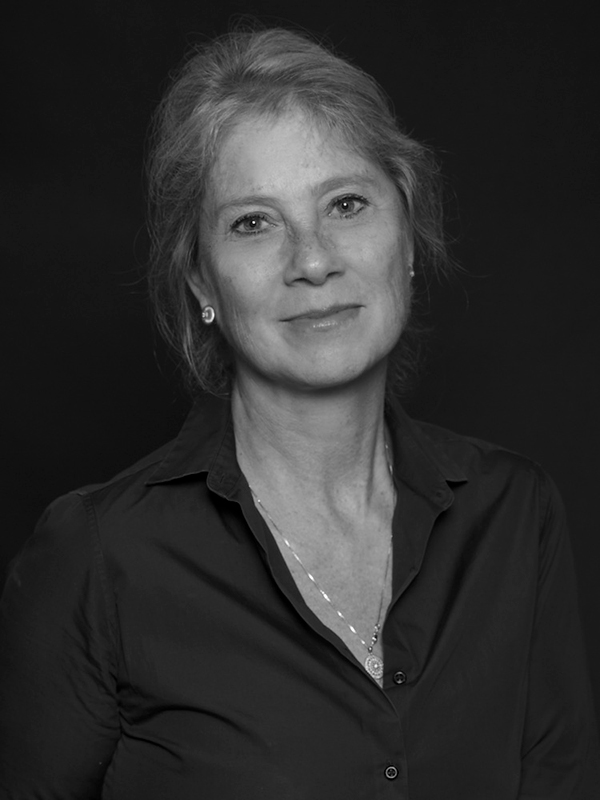For me, the greatest joy of photography is the experience of intimate observation of elements from the natural world, and how my images often serve as metaphoric portraits of my own thoughts and feelings. Originally from a small town in Texas, I lived and traveled throughout the world before making New York City my home in the early ‘80s following my graduation from Harvard Law School. In the decade since taking up photography, my work has appeared in numerous solo and group exhibitions both in the USA and abroad, and has earned me prestigious national and international recognition.
Statement
Creative endeavor often begins with paper. The novelist, playwright, and poet; the composer; the painter and sculptor—each commence with a blank sheet of paper. During Covid confinement, I also turned to paper for inspiration, seeking to metaphorically portray it spawning and nurturing creation, from ovulation and gestation to birth and fully formed progeny. In the process, I experienced how paper has a life force of its own—its own particular physics—that resists complete manipulation even as it remains malleable. Paper reams and splayed books insist on unfurling in their own way, and crumpled wads of paper insist on their own projectile designs—invariably more complex than one could ever engineer.
